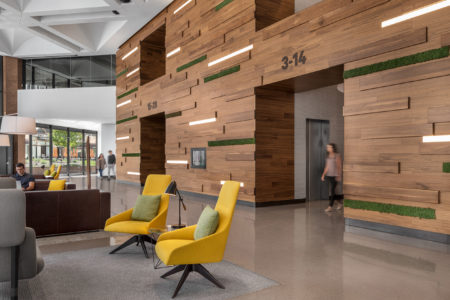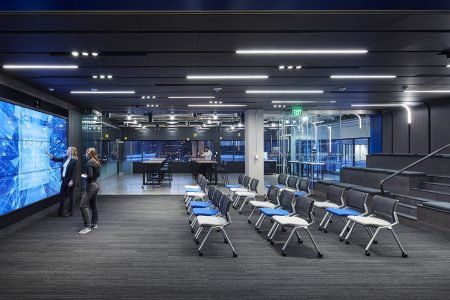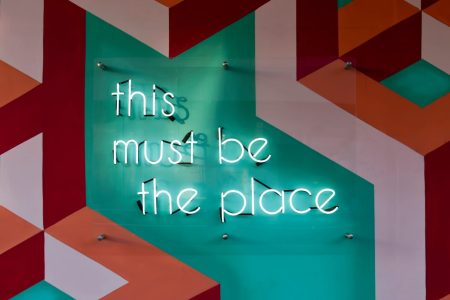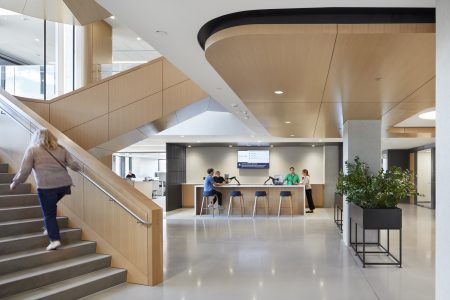“Why” The Office Matters

Most companies are saying they want to get back to the office, but many haven’t stopped to ask themselves why. Dawn Brown AIA, LEED AP explains that this is the must-answer question.
Last spring, when our clients started talking about returning to the office, they were mainly focused on the how—how can we get people back in person safely? The plans varied from company to company, but they generally included putting up barriers, adding a lot of hand sanitizer, locking conference rooms, and telling employees to stay at their desks without any face-to-face collaboration. The plans did not sound appealing and there had to be a better way.
So, we started asking our clients why they wanted to return to an office when they had the technology and the collective will to continue working from home until the pandemic was over. The answers have helped us create design strategies that not only meet our clients’ needs but offer a vision for future post-COVID offices everywhere.
EVERYONE’S “WHY” IS DIFFERENT
Why seems like such a simple question. But the answer will be different for every company and every person. Are your employees missing their coworkers? Feeling socially isolated? Are your sales down? Is your team missing that innovative spark? Are your team members struggling to balance working from home with family demands? Getting to the why is the first step.
We then address the how of going back to the office safely with solutions that address why they want to go back in the first place, within the context of a hybrid office. Of course, many of the organizations we’ve worked with were already moving to a more fluid, mobile strategy, and the pandemic simply accelerated those discussions.
There are some critics of the “hybrid model,” who say that it’s too difficult to get right and that we would all be better off just staying virtual. But our work over the last few months proves that with the right design, layout, policies and culture, a hybrid model can give employees and employers the best of everything.
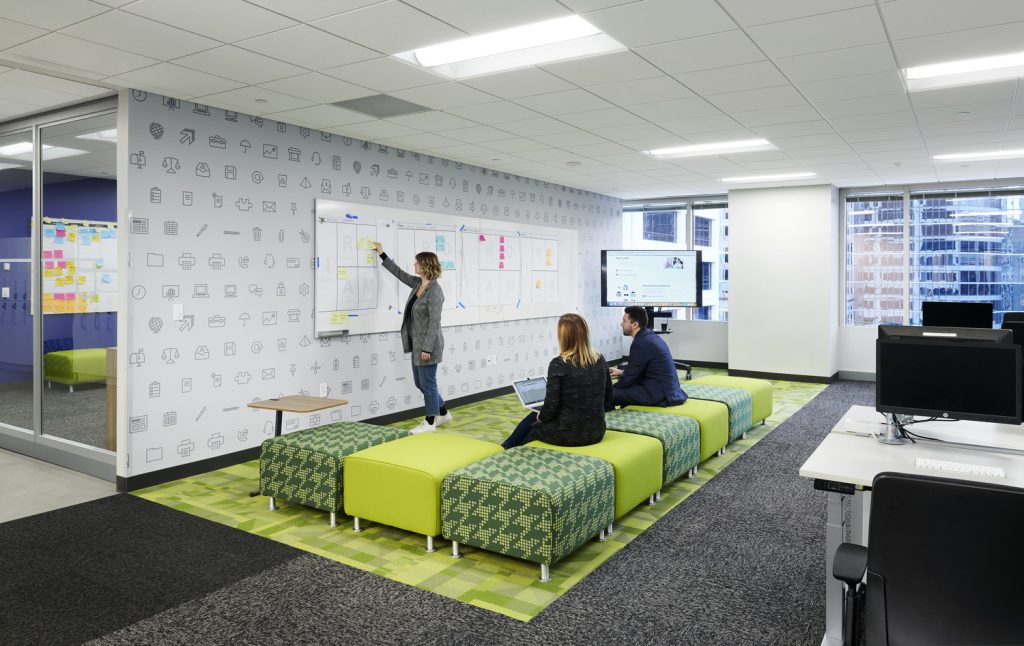
One client challenged us to “level the playing field” between remote and in-person employees. This idea is to minimize the feeling of being the only person calling into an in-person meeting, not being able to hear, and missing out on side conversations and body language. One of the many solutions we are exploring is the incorporation of Zoom Rooms, which allow seamless access to teleconferencing technology so everyone can see and hear everyone else.
On another campus for the same client, they had originally planned to build a large, all-hands meeting room, but the concept has now become a flexible amenity space with stadium seating that is open to the rest of the office. It gives the client a lot of options depending on who is in the office on a given day. The variety of flexible furniture means that employees can sit and have small meetings, do focused work, or it can be converted to a more traditional all-hands meeting room while still maintaining social distancing and good air flow.
For all of our clients, getting the mix (or balance) correct is no small feat, and organizations will need to show the agility to adjust on the fly. But starting with the why allows us as designers to come up the right solutions to an organization’s challenges.
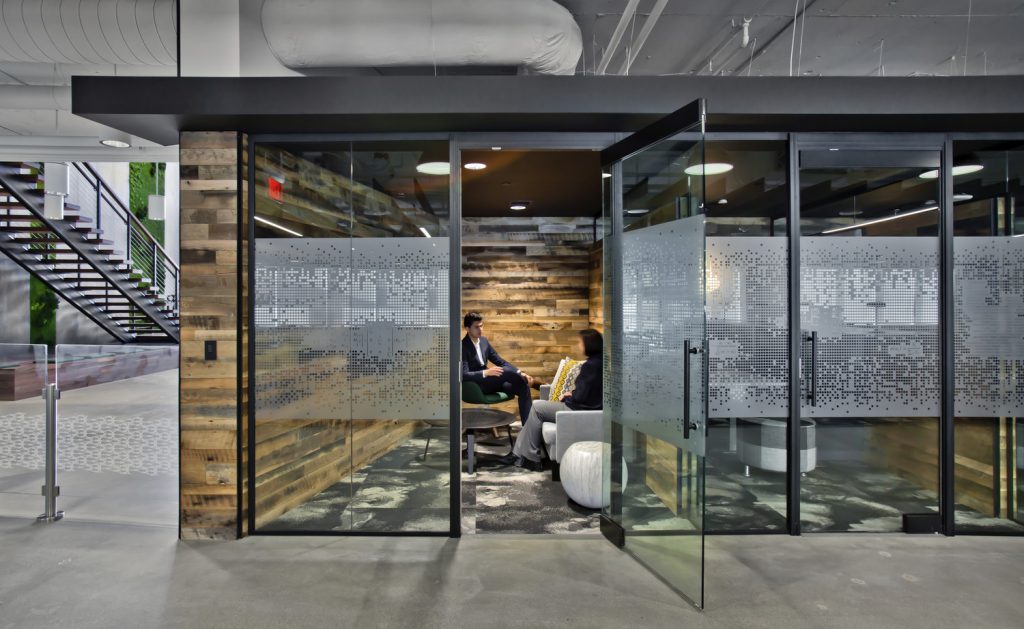
The Take Away
As we move forward in a post-pandemic world, our challenge as designers and workplace strategists seems clear: Creating places that are safe and welcoming is a baseline, a given. Creating places that people want to be in is the goal. And defining the why is the first and most important question in that process.
Yes, this new hybrid model depends on company culture. Yes, it can help companies optimize and rethink their real estate. But the real silver lining to all this upheaval to the corporate workplace model is that we can be so much more intentional about how an office is laid out, what we put in it, and how we want it to work. We’ve never had the chance to be this intentional before and it’s a chance we should unquestionably take.
Featured Image: Renaissance Square Phoenix | Photographer: Kyle Zirkus Photography

